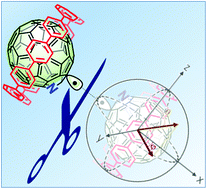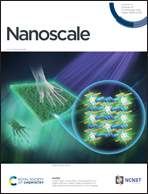Robust coherent spin centers from stable azafullerene radicals entrapped in cycloparaphenylene rings†
Abstract
Molecular entities with robust spin-1/2 are natural two-level quantum systems for realizing qubits and are key ingredients of emerging quantum technologies such as quantum computing. Here we show that robust and abundant spin-1/2 species can be created in situ in the solid state from spin-active azafullerene C59N cages supramolecularly hosted in crystals of [10]cycloparaphenylene ([10]CPP) nanohoops. This is achieved via a two-stage thermally-assisted homolysis of the parent diamagnetic [10]CPP⊃(C59N)2⊂[10]CPP supramolecular complex. Upon cooling, the otherwise unstable C59N˙ radical is remarkably persistent with a measured radical lifetime of several years. Additionally, pulsed electron paramagnetic resonance measurements show long coherence times, fulfilling a basic condition for any qubit manipulation, and observed Rabi oscillations demonstrate single qubit operation. These findings together with rapid recent advances on the synthesis of carbon nanohoops offer the potential to fabricate tailored cycloparaphenylene networks hosting C59N˙ centers, providing a promising platform for building complex qubit circuits.



 Please wait while we load your content...
Please wait while we load your content...